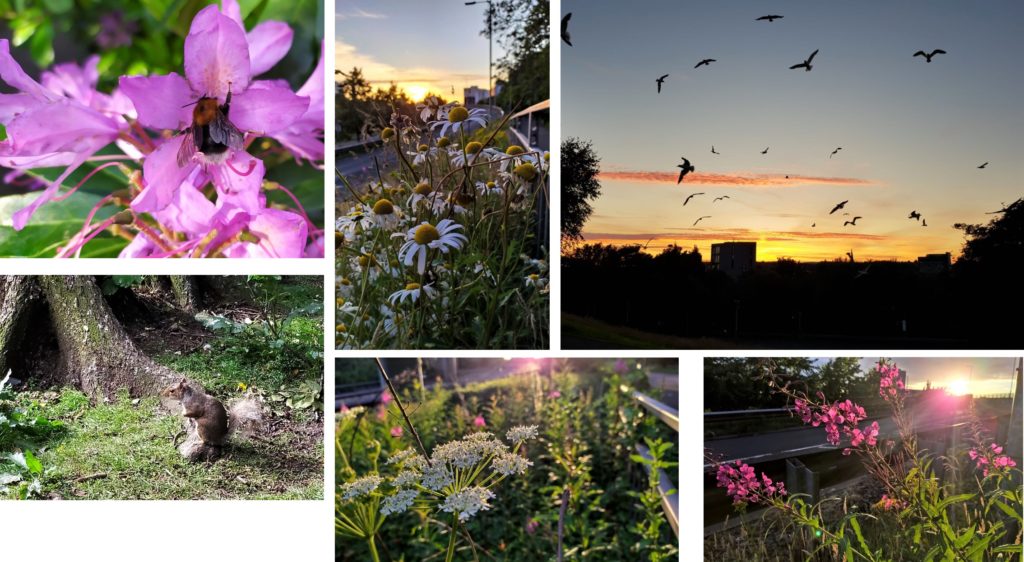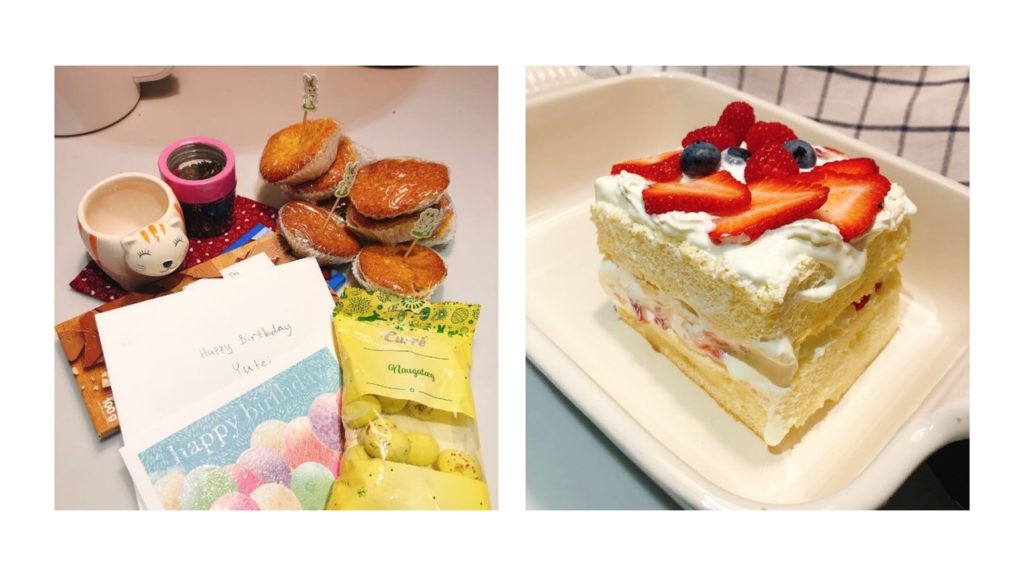
On March 16th the University of Glasgow stopped all face to face teaching and by the end of that week Scotland, along with much of the rest of the world, was in lockdown. For the students on the MPhil Textile Conservation programme the ramifications have been significant – dissertations have had to be re-conceived to take account of having access to neither the lab or the library, and placements were moved online, taking place virtually rather than actually as institutions closed up and many staff were furloughed. And, of course, abandoning objects in various states of treatment was disappointing too. Although there have been ups and downs and times when we have all felt like we were ‘wading through jam’, the students have all done brilliantly to adapt to these new academic challenges and I am filled with admiration for their dedication and fortitude. As we start to emerge from the restrictions of the last 4 months I asked them to share their ‘lockdown activities’. The responses are so delightful I have split them into 2 parts.
Izzy (Isabella) Rossi
During lockdown I’ve strived to learn a new language: bird. In the beginning of lockdown this consisted of me listening to the pigeons and lesser black backed gulls flying by my window. Once restrictions lessened I was able to explore the Glasgow Green in search of more interesting birds. Using my binoculars and bird identification apps, I’ve been able to familiarize myself with different bird calls and songs. I’ve been surprised by the number and variety of birds I’ve found so close to the city. Since the lockdown started I’ve identified 26 species of birds at the Glasgow Green including a Eurasian Blackcap, Common Mergansers, a Grey Heron, and several flocks of Barn Swallows. Although these aren’t particularly rare birds, it’s amazing how close we are to nature, even in the city. Now that we are allowed to leave our five mile bubble, I’m looking forward to going further afield to learn more bird songs!

Signe Marie Thøgersen
When I was a child, my mother tried to teach me how to knit. However, back then I did not have the patience required for knitting, and in the end I was not very successful – at best I managed to knit a lumpy wool rectangle which was supposed to be a scarf. Over the years I have tried countless times to pick up my pins and get into knitting. I even started knitting a sweater and never finished it, and I hid it in one of my drawers (a pitfall well known to many crafters, I am sure). However, because of the lockdown, and with no access to the conservation lab, I suddenly found myself with much more free time on my hands than I had ever had before, and I needed something to keep my hands as well as my mind busy. Knitting became an outlet for my longing for hands-on conservation work, as well as a form of meditation. When I knit, my brain switches off and I forget about my worries. I insert the needle, loop the yarn, drop the stitch and then repeat. Over the last few months I have finished the sweater I had shamefully hidden away, and my current project is a sweater for my baby goddaughter – it is smaller in size and less ambitious than an adult sweater. Once you get the hang of it, knitting is both fun and gratifying.

Caterina Celada Prior
Whilst my objects were patiently waiting at the studio, I have been making facemasks for donation as a way of supporting professional caregivers as well as those they care for during these difficult times. Using the materials kindly provided by the Centre of Textile Conservation (CTC) and researching many patterns I selected what I believed would be the best fit for different face types. Taking a break from my assignments and dissertation, I took walks searching for the much ‘appreciated fresh air’ which led me to discover the hidden beauty treasured in the quiet hours, when the city seems to be sleeping, but nature’s activity is in fact, relentless. I have been rewarded with gorgeous sunsets, fascinated by the hard work of busy bumble bees flying from beautiful flower to beautiful flower (often growing in out of the way areas). And, most important, I have learned a life-saving lesson: never go near a mother squirrel!!


Yufei Xiang
Four months of lockdown in a tiny studio room have not been easy for me. After I finished my virtual placement project, I was able to free the countertop space and started to cook and bake which was very effective at calming myself down and feeding myself up at the same time.

In the first semester, we agreed that people would bring cake for everyone on their birthday. And I decided to keep the tradition going by making myself one. We celebrated over Zoom meeting and they even prepared gifts and surprises for me! It was so sweet that Signe brought it to me on behalf of all my classmates. I would say it was the highlight of my ‘lockdown events’ and memories.



Congratulations to you all, staff and students alike- I salute your creativity and determination and imagination: nature and cakes! Perfect. I wish you all the best in your next steps.
Mary